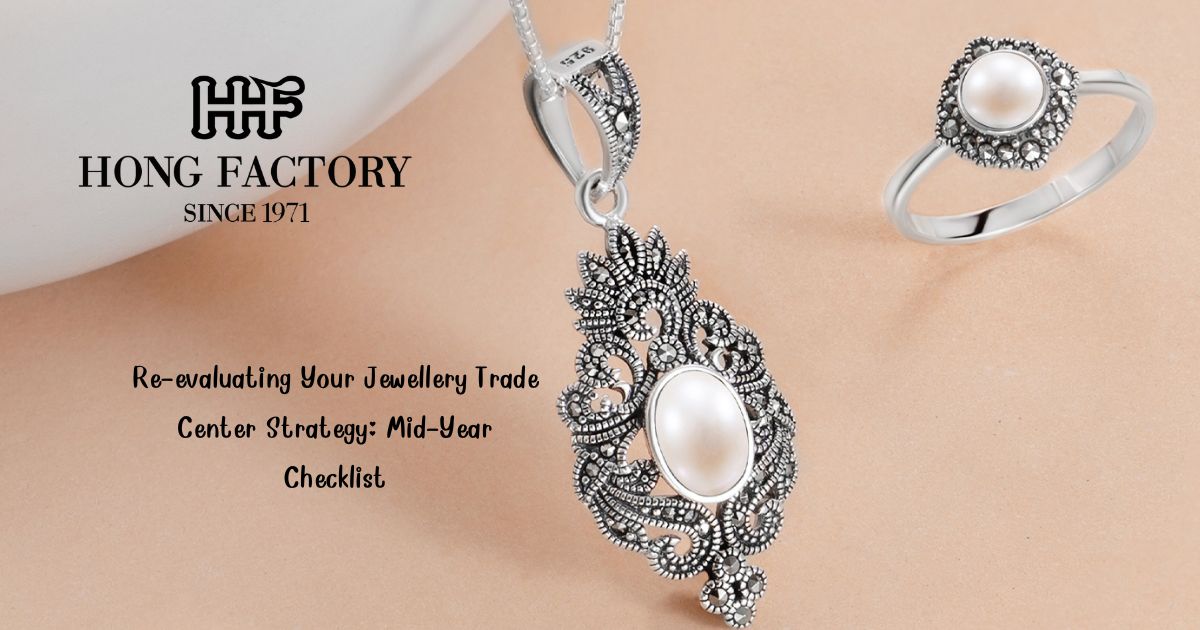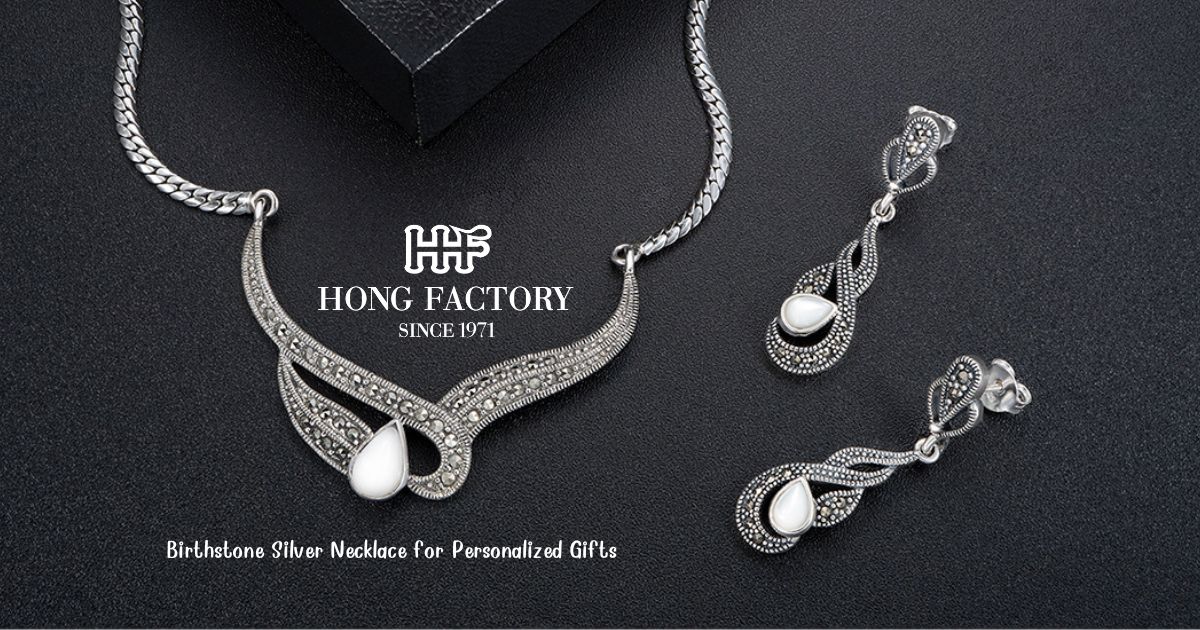Gemstones have long been admired for their beauty, rarity, and allure. However, the global market is flooded with synthetic gems, imitations, and outright fakes that can trick even the most discerning buyers. If you’re in the market for a precious stone, authenticity should be your top priority. Knowing how to distinguish between real gems, synthetic stones, and imitations can save you from a costly mistake. In this article, we’ll explore how to Spotting Fake Gemstones, covering common fakes, testing methods, price indicators, and trusted sources.
Common Fake Gemstones
Fake gemstones come in many forms, from synthetic gems created in a lab to imitations made from cheaper materials. These fakes can look very convincing, and without some knowledge, it’s easy to be fooled. Let’s break down the most common types of fake gemstones.
Synthetic Gems
Synthetic gems are created in laboratories and possess the same chemical and physical properties as natural gemstones. However, the critical difference is that they are not formed under natural geological processes. Examples of synthetic gems include synthetic diamonds, sapphires, and rubies. Although synthetic gems are not “fake” in the sense that they have the same structure as natural gems, they are not as rare, making them significantly less valuable.
Imitation Stones
Imitation stones, on the other hand, are made of entirely different materials and only mimic the appearance of real gems. For example, cubic zirconia is often used as an imitation of diamonds, and glass or plastic may be used to replicate other precious stones, such as emeralds or sapphires. Imitations are much cheaper and lack the same durability and brilliance as authentic gems.
In both cases, whether you’re dealing with synthetic gems or imitations, understanding the difference between them and natural stones is crucial for determining value and authenticity.
Testing Methods to Determine Authenticity
Luckily, there are several ways to test whether a gemstone is genuine, synthetic, or imitation. Some methods are simple and can be performed at home, while others require professional equipment or expertise.
Visual Inspection
One of the easiest ways to spot a fake gemstone is through a careful visual inspection. Look for any inconsistencies in the stone’s color, clarity, or texture. Natural gemstones often have tiny imperfections or inclusions, while synthetic gems tend to be flawless. Imitation stones may appear too perfect or have bubbles within them, especially if they’re made from glass.
For example, an emerald may have slight inclusions known as “jardin,” which are natural. A perfectly clear emerald might be a sign of a synthetic gem or an imitation.
Hardness Testing
One of the most reliable ways to test a gemstone’s authenticity is by checking its hardness. Each gemstone has a specific hardness level on the Mohs scale, which measures a mineral’s resistance to scratching. For example, diamonds rank at the top with a hardness of 10, while sapphires and rubies follow with a score of 9. Imitation stones like glass or plastic are much softer and can easily be scratched by harder materials. Knowing the hardness of various gemstones can help you quickly identify fakes.
UV Light Test
Another effective method to determine the authenticity of gemstones is by using ultraviolet (UV) light. Many natural gemstones, such as diamonds, will fluoresce under UV light, while imitations may not. For example, natural diamonds often emit a blue glow under UV light, whereas synthetic diamonds may not fluoresce at all. This method is particularly useful for distinguishing between synthetic and natural gems.
Conductivity Testing
If you’re dealing with diamonds, one of the most accurate ways to test for authenticity is by using a diamond tester, which checks the stone’s thermal conductivity. Diamonds are excellent conductors of heat, and the tester will quickly reveal whether the stone is a real diamond or an imitation like cubic zirconia, which does not conduct heat as efficiently.
For other gemstones, a gemologist may use specialized equipment, such as a refractometer, to measure light refraction, which can help determine the type of stone you’re dealing with.
Price Indicators : What the Cost Says About Authenticity
The price of a gemstone can be a significant clue when it comes to determining authenticity. While it’s possible to find deals on gemstones, a price that seems too good to be true is often a red flag.
Low Prices and Imitations
Genuine gemstones, particularly rare ones like diamonds, rubies, and emeralds, are expensive because of their rarity and the labor involved in mining them. If you come across a deal that offers a high-carat gemstone at a suspiciously low price, it’s worth being cautious. Imitation stones like cubic zirconia are much cheaper to produce, and unscrupulous sellers may pass them off as real gems to unsuspecting buyers.
Synthetic Gems and Price
In contrast, synthetic gems can be quite affordable compared to natural stones, even though they share the same chemical and physical properties. A synthetic sapphire or ruby might look identical to a natural one but cost significantly less. If you’re offered a “natural” gemstone at a price that aligns more with synthetic stones, it’s a good indicator that the gem may not be genuine.
The Role of Certification
Reputable sellers will often provide certification from a trusted gemological institute, such as the Gemological Institute of America (GIA) or the American Gem Society (AGS). These certificates detail the gemstone’s properties, including whether it is natural, synthetic, or treated. If a gemstone is being sold without certification, particularly at a high price, this should raise concerns about its authenticity.
Trusted Sources : Where to Buy Authentic Gemstones
One of the most important steps you can take to avoid purchasing fake gemstones is to buy from trusted sources. Not all sellers are created equal, and purchasing from a reputable dealer can save you a lot of trouble.
Reputable Jewelers
When buying gemstones, it’s best to deal with reputable jewelers who have a track record of selling authentic stones. Well-known jewelry stores often have strict sourcing guidelines and provide certifications for their gemstones. These stores typically have gemologists on staff who can verify the authenticity of the stones they sell.
Certified Online Retailers
With the rise of e-commerce, many people now purchase gemstones online. While this can offer convenience and competitive prices, it also increases the risk of encountering fake gemstones. To mitigate this risk, purchase from certified online retailers that provide detailed descriptions of their gemstones, including whether they are natural, synthetic, or imitation. Look for retailers that offer third-party certification from reputable gemological organizations.
Avoid Unverified Sellers
Avoid purchasing gemstones from unverified sellers, particularly those on auction sites or marketplaces that do not guarantee the authenticity of their products. These sellers may offer gemstones at steep discounts, but the risk of buying a fake is high. Always ask for certification and a return policy in case the gemstone turns out to be inauthentic.
Conclusion
In the world of gemstones, authenticity is key. With so many synthetic gems and imitations on the market, it’s vital to know how to spot a fake. By understanding the common types of fakes, such as synthetic and imitation stones, using reliable testing methods like hardness testing and UV light, and examining price indicators, you can protect yourself from being deceived. Finally, always buy from trusted sources to ensure you’re getting a genuine gemstone. Whether you’re purchasing a diamond, ruby, or sapphire, these tips will help you make an informed decision and avoid the disappointment of being sold a fake.











